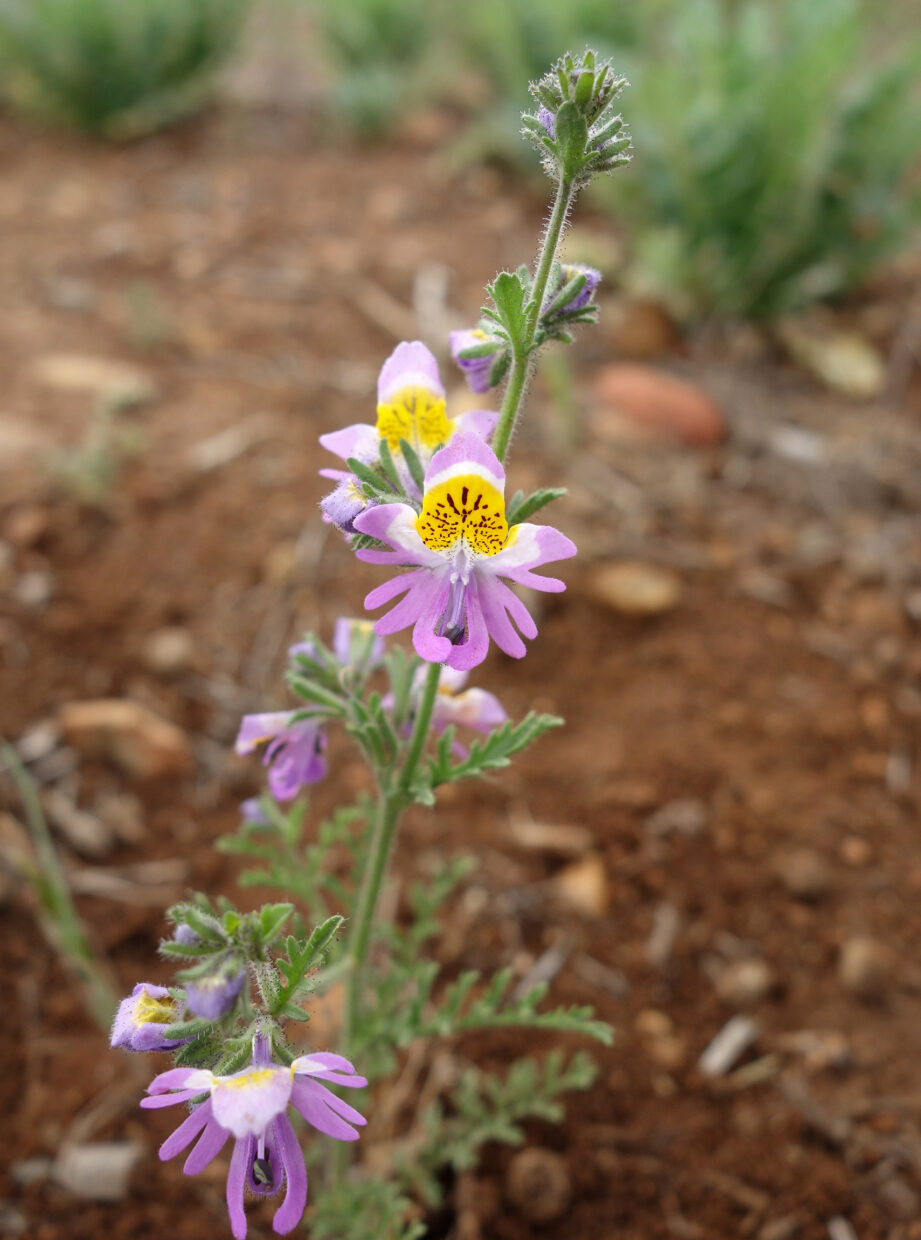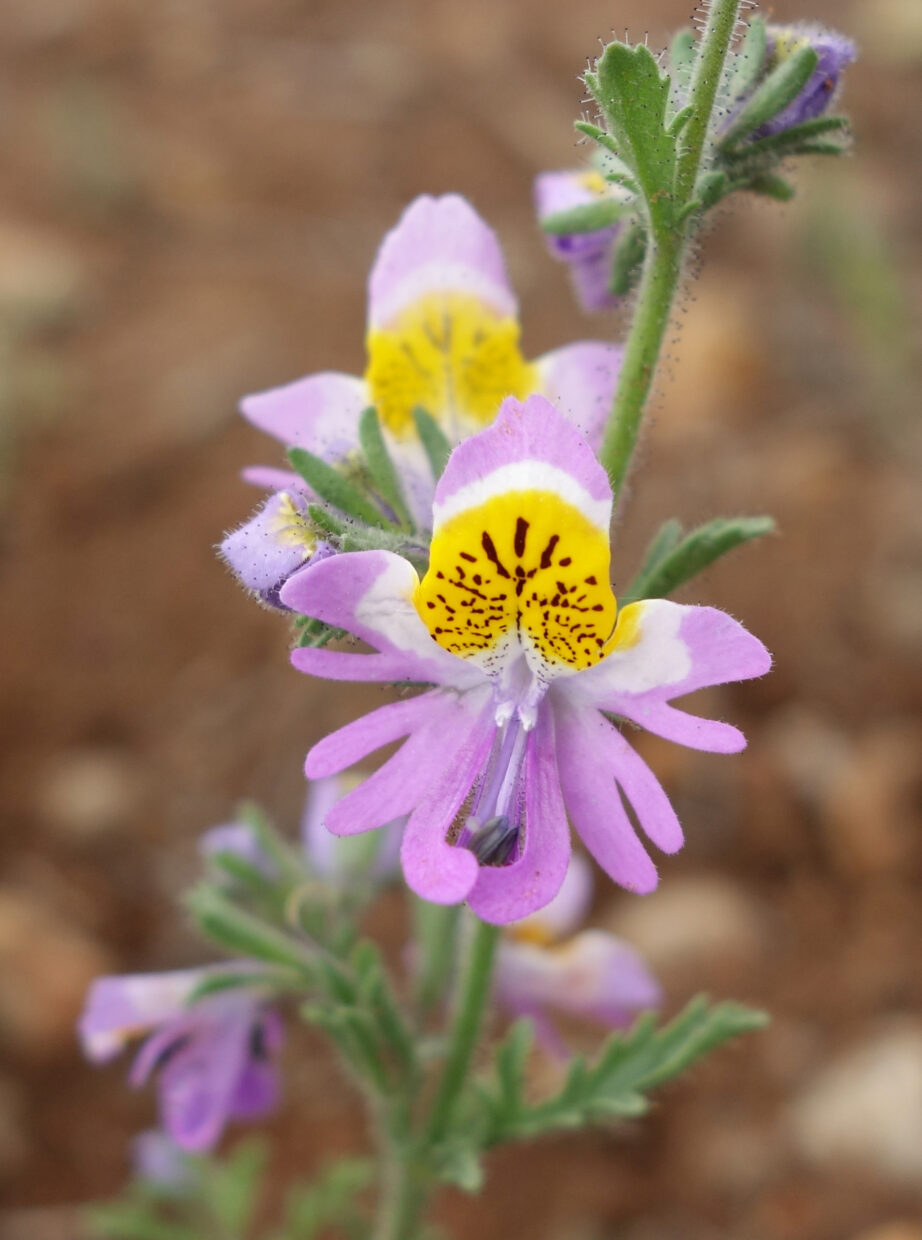Place of Publication
Agric. Tecn. Chile 5(1): 31 (1945)
Type citation
CHILE. Coquimbo: “Llano de Los Loros”, 10 Sep 1942, C Muñoz & E Pisano 3349 (Holotype: SGO [SGO000004537 = 148994]; Isotype: SGO [SGO000004538 = 143619]).
References
-
Grau & Gronbach (1984)
Grau, J. and Gronbach, E. 1984. Untersuchungen zur variabilität in der Gattung Schizanthus (Solanaceae). Mitteilungen (aus) der Botanischen Staatssammlung München 20: 111-203
-
Morales-Fierro et al. (2020)
Morales-Fierro, Vanezza , Muñoz-Schick, Mélica and Moreira-Muñoz, Andrés 2020. Synopsis of Schizanthus Ruiz & Pav. (Solanaceae), a genus endemic to the southern Andes. PhytoKeys 154: 57–102
-
Sudzuki (1945)
Sudzuki, F. 1945. Dos nuevas especies del genero Schizanthus R. et Pav. (Solanaceae). Agricultura Tecnica, Chile 5(1)
Iconography
- Morales-Fierro et al. (2020): fig. 5h–j
Regions
Distribution and habitat
Restricted to Region of Coquimbo (Provinces of Elqui and Limarí, 30°10'–31°0' lat. S) from 350–1800 m above sea level. Along roadsides and in flat areas; over clayed soil (Morales-Fierro et al., 2020).
Distribution
-
Schizanthus splendens Sudzuki
-
-
Schizanthus splendens Sudzuki
-
-
Schizanthus splendens Sudzuki
-
-
Schizanthus splendens Sudzuki
-
-
Schizanthus splendens Sudzuki
-
-
Schizanthus splendens Sudzuki
-
-
Schizanthus splendens Sudzuki
-
-
Schizanthus splendens Sudzuki
-
-
Schizanthus splendens Sudzuki
-
-
Schizanthus splendens Sudzuki
-
-
Schizanthus splendens Sudzuki
Here is #map_1 -
-
-
-
-
-
-
-
-
-
Key characteristics
Flowers similar in form to S. carlomunozii var. carlomunozii as they have a white halo around the yellow area but without any dark spots outside of this. The flowering stems are only up to 4 mm long, instead of 5–25 mm as in S. carlomunozii (Morales-Fierro et al., 2020)








